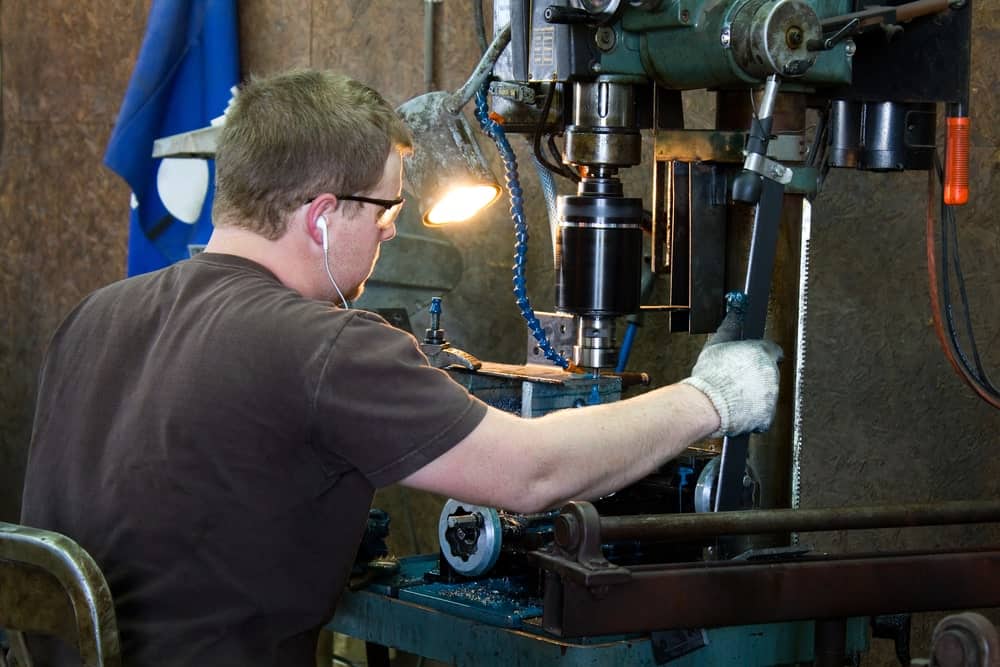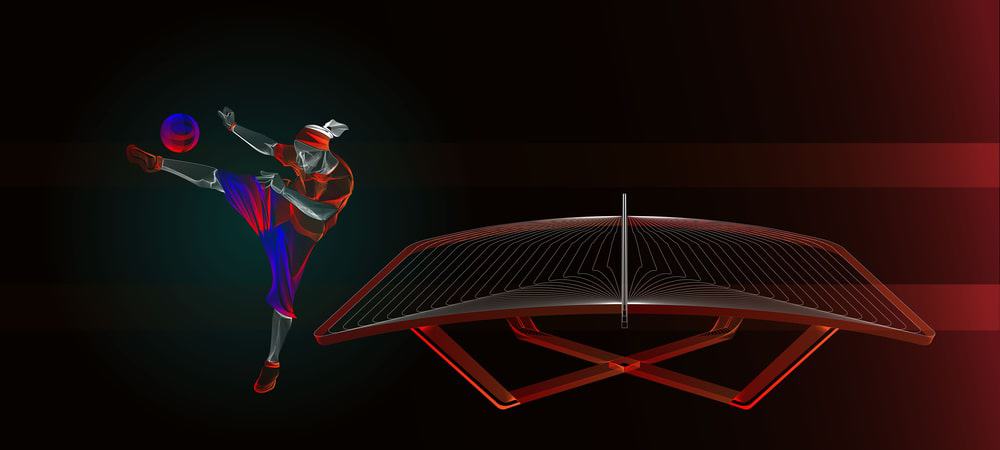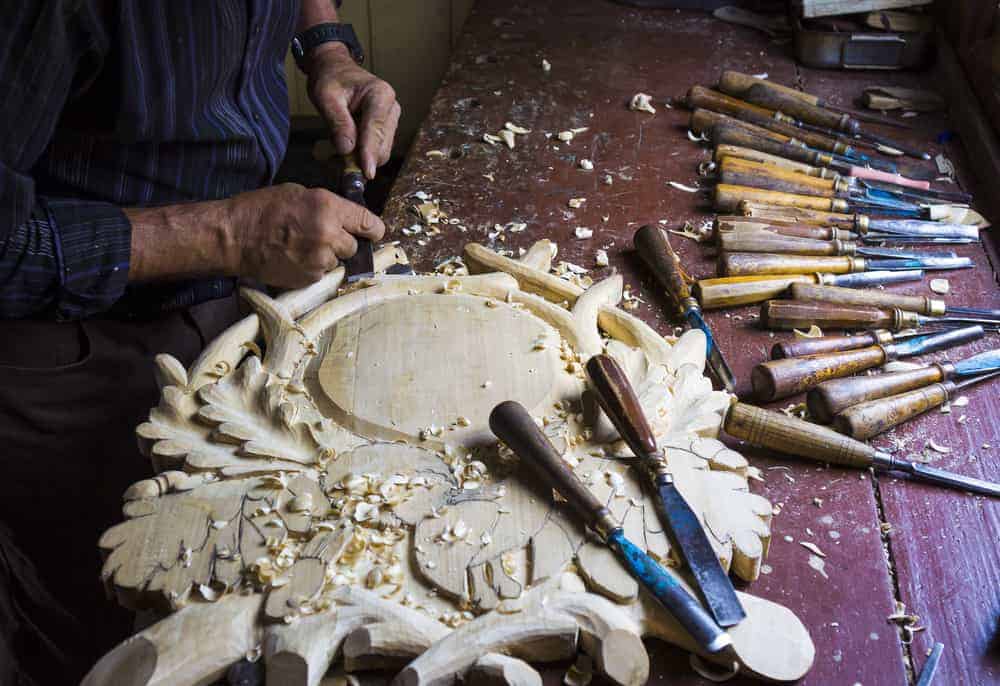How to Get Started as a Hobby Machinist
Machinists operate in manufacturing spaces and machine shops to make accurate tools and mechanical objects, objects, and parts. Machining as a hobby is among the most eventful and rewarding activities to learn. Learn more about this exciting hobby in this article.
What is a Hobby Machinist?
A hobby machinist changes or creates mechanical objects, tools, and parts purely for leisure and the love of it. This activity involves drilling, cutting, polishing, and milling with machines, lathes, and grinders to make highly precise and workable items.
Machinists utilize machinery and equipment to fabricate parts based on given parameters detailed in blueprints, commonly referred to as technical drawings. As a machinist, your work will mostly involve materials like brass, aluminum, steel, copper, or even glass and wood.
What Does a Hobby Machinist Do?
Like any other machinist, machining as a hobby will require you to use your knowledge and a range of tools to create precise parts. You can produce anything you want, using equipment such as grinders and drills to manufacture items ranging from traditional motorcycle elements to more complex components such as car engines.
The skills and confidence of this work typically come from practice. The more you create parts, the more you become conversant and proficient in machining.
However, since this job requires enough fabrication, modification, and repairing of mechanical tools, it’s advisable to know about metallic properties, mechanics, mathematics, and machining.
Some of the tasks you can do as a machinist hobbyist are:
- Aligning and securing cutting tools
- Adjusting workpieces
- Drilling, milling, shaping, grinding and turning machine parts according to given specifications
- Smoothing object surfaces
- Modifying finished products to a desired dimension or shape
- Testing and measuring finished products
How Is a Precision Machinist Different from A Regular Machinist?
There are different types of machinists, and one of them is precision machinists. Usually, a regular machinist uses machine tools to produce parts using parameters specified in technical drawings.
On the other hand, a precision machinist refers to an Original Equipment Manufacturer (OEM) who fabricates mechanical parts from scratch using raw materials and then shaves them to the preferred shape.
These machinists use computer-aided design (CAD) or computer-aided manufacturing (CAM) to get the most accurate measures and cut exact specifications while producing their items. The most common examples of these objects are surgical instruments and solar and aerospace components.
Precision machining has made it possible to create parts with complex shapes impossible to produce with conventional machining. These objects come in handy in extremely critical areas, especially in medicine and aviation, where a small mistake can cause a life-or-death situation.
How Do I Start Machining as A Hobby?
Getting started with machining as a hobby is quite simple. All it demands is your interest, a few skills, and you’re good to go. The skills needed to create or modify mechanical objects perfectly may vary with what you want to do.
For starters, learning a few things about machining is the best step to take. A great way to do this is first getting a mill and lathe to help you practice. These two things will teach most machining basics and force you to create or repair some parts.
They can be expensive to purchase, so use your creativity to find a used one or see if there’s a local shop you can rent or use.
It’s also best to start fixing or creating something that is doable for a beginner. To fully enjoy this hobby, you’d want to invest in it, and that includes knowledge and equipment required for this task.
Taking several courses in the machining field you want to specialize in can be very helpful. Also, hiring or working with experienced machinists can help you learn more about this venture.
Usually machining is a hobby that can be limited only by your imagination and budget. You can start small and grow to be one of the savviest machinists with a shop of your own and tons of tools to make almost anything you want.
What Skills Should I Learn as a Machinist?
Being a machinist with zero skills can be tricky and frustrating since it requires great attention to detail and high precision. Some of the things worth learning before taking up this hobby include:
- Computer-aided design (CAD) or computer-aided manufacturing (CAM) technology
- Geometric dimensioning and tolerance
- Comprehension of technical writings
- Simulation and modeling
- Analytical skills to understand models, technical blueprints, and other things needed to craft objects
- Physical stamina to withstand those long, standing periods and do repetitive movements
- Math skills to measure machines and the operation of computers
- Problem-solving and critical-thinking skills to help you visualize and complete projects quickly. These skills can also help you discover possible issues and find the best solutions for them
- High manual dexterity and precision for easy coordination and agility to produce accurate and reliable parts
- Mechanical skills to operate machining tools more efficiently and accurately.
What Tools Does a Hobby Machinist Require for Machining?
You can use a range of tools when working on your machining projects. However, it’s best to utilize only the ideal equipment for higher productivity and efficiency.
Also, projects may require different tools. For example, a person who works on lathes repairing or modifying hydraulic cylinders may require separate tools from those who deal with mills.
Most often a hobby machinist needs the following equipment to work on different projects smoothly:
1. Calliper and Micrometer
A caliper and a micrometer are among the essential tools to include in your machining toolbox. Even though it’s just a hobby for you, it’s best to go for solid quality when procuring these two pieces of equipment since you’ll need them in almost every project, and they will often impact your work quality.
These tools also come in many dimensions and models, all with different prices, merits, and demerits. The common types are the dial, vernier, and digital styles. The digital ones are the most recommendable since they alienate the possibility of errors.
2. Combination Square Set
A combination square is another must-have tool for your machining hobby. It aids the measuring of length and angles, and you can also use it to locate the centre of shaft ends and confirm square shapes.
3. Adjustable Spanner
Also called the crescent spanner, an adjustable spanner refers to a spanner with a removable jaw and an open end. It can come in handy in many projects since it can be modified to accommodate varying sizes, making it a great choice than a conventional spanner.
4. Center Punch
Center punches are usually cheaply available and are highly integral for every machinist. They will help you mark drilling centres on workpieces, enabling you to make accurate drills for higher precision.
5. Deburring Tool
Deburring tools are critical power equipment to smoothen rough burrs and edges on your projects. Burrs are usually common in workpieces and may be present anywhere with a cutting or drilling action.
A good deburring tool will help you remove these burrs in both outer and inner surfaces, narrow slot corners, hole edges, and more. It’s a better substitute for files.
6. Scientific Calculator
Calculators that support cosine, tangent, and sine operations are essential for your machining work. This tool offers a simple and quick way to conduct accurate and precise calculations, including simple to complex arithmetic.
7. Pencil, Sharpie, and Paper
While these tools are mostly not considered, they’re quite handy to a machinist, especially beginners. They can make your work seamless, thereby enhancing productivity and efficiency. You can use paper and pencil for sketches and writing down plans.
Sharpies refer to permanent markers able to write on any surface, including metals and greasy surfaces. Most other markers tend to fade, especially on oily areas, but not Sharpies. They are also wipeable using alcohol-based solvents.
8. Edge Finder
Edge finders are cheap and useful tools to have in your toolbox. You can use them to locate edges on your workpieces. While they aren’t typically necessary, their price and handiness make them critical for machining work.
Other tools you may need for your machining hobby journey include a tape measure, thread wire, combination wrench set, hex key set, hammer, grinding wheel, machinist square, telescoping gauge set, scribe, feeler gauge set, and a dead-blow hammer.
As a starter, you don’t have to get all these tools at once. You can procure them slowly, starting with those you need the most based on current projects you plan to work on. With time, you’ll find your toolbox is full, with every piece of equipment necessary to keep your hobby more fun and eventful.
Examples Of Hobby Machinist Projects
There are many machinist project ideas you can try that are appropriate for a beginner. The more machining projects you work on, the more experience and skills you get, allowing you to create even more complex and detailed objects.
Here are 8 simple machinist project ideas you can consider:
1. Machinist Hammer
Creating a machinist hammer is a simple project you can complete in a few hours. This project will help you learn drilling and shaping techniques.
2. Micrometer Stand
A micrometer stand can help you make more accurate measurements. Making this stand emphasizes skills like threading on lathes and slotting on mills.
3. Steam Engine
A steam engine is an ideal beginner machinist project you can finish in one afternoon. You make any engine you like based on the model, size, complexity, and style you want. Making this workpiece will help you learn how to use a lathe, milling machine, and drill press.
4. Vee Blocks
Your machinist work will require this tool a lot. This project will improve your heat treating, milling, grinding, and planning skills in machining.
5. Chuck Keys
Chuck keys are extremely handy in machining, and are quite simple to make, hence a great project for starters. This project will hone your basic skills and overall accuracy.
6. Machinist Screwdriver
You can make your own machinist screwdriver at home. It’s an excellent project to enhance your starter-level skills and other intermediate techniques like cutting and shaping.
There are countless other machining projects not listed in this list. Let the sky be your limit, and try every other task you want, including ring jewellery, 123 blocks, superblocks, tap guide, vise breaks, screw jacks, and more.
Are You Ready to Become a Hobby Machinist?
Attempting machining as a hobby is one of the best decisions you can ever make. This hobby is fun and educational due to the variety of objects you can make. It includes a series of learning and discovery and promotes self-fulfilment after every project you successfully complete.
However, it’s essential to take time first to learn the basics of machining to get the most out of this hobby. Getting a mentor and reading machinist books is a great way to learn more about this exciting and productive activity.










